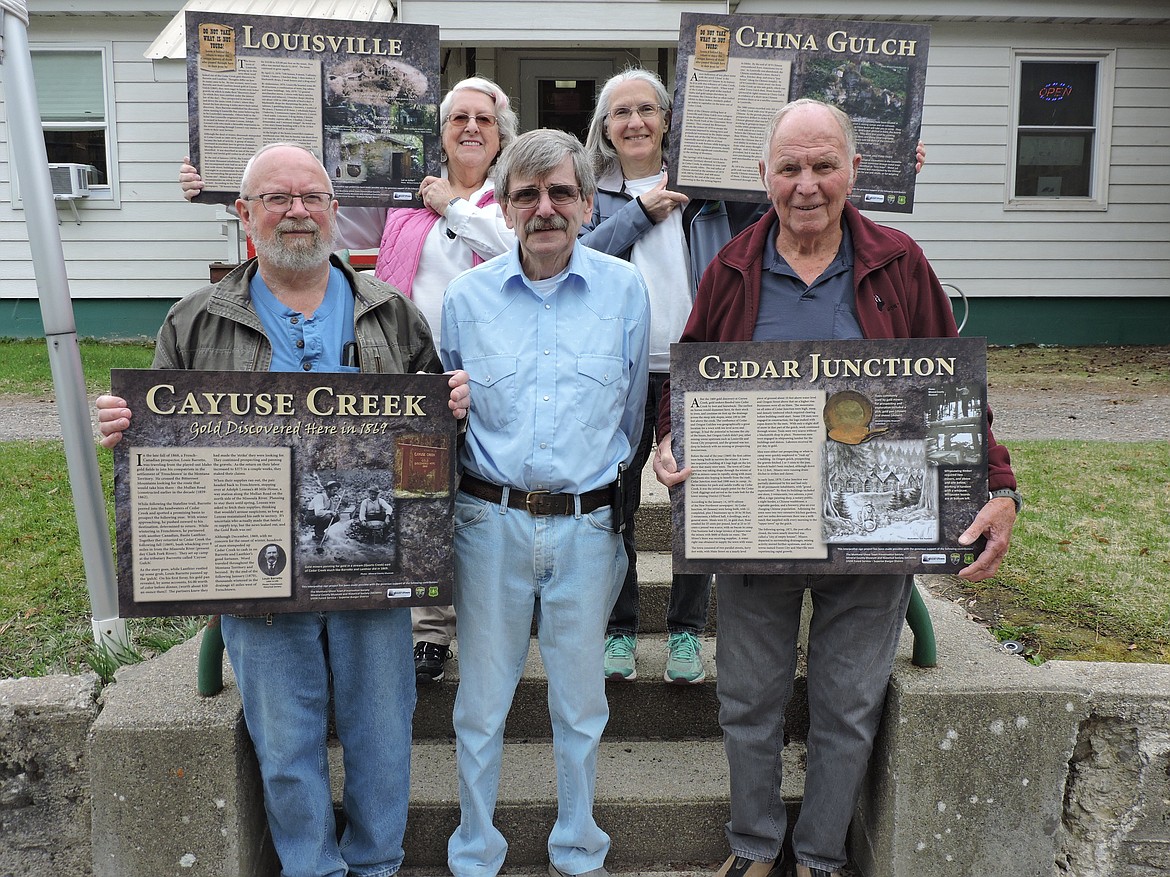Cedar Creek history project makes headway
|
May 11, 2022 1:00 AM
Slower than a herd of snails traveling through peanut butter. At the speed of a glacier. More sluggish than a one-legged dog on tranquilizers...
Become a Subscriber!
You have read all of your free articles this month. Select a plan below to start your subscription today.
Already a subscriber? Login



